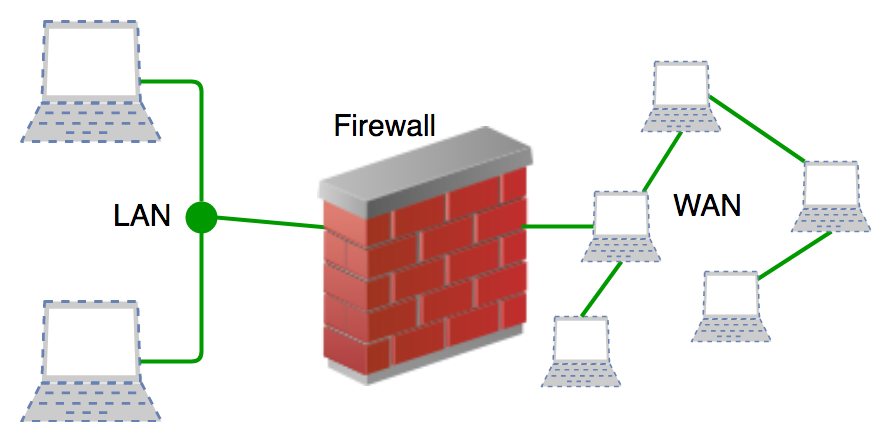The main functions of Network Security Firewall, which are security technologies, are to monitor, examine, and limit traffic entering and leaving a network. However, web application firewalls, which safeguard programs and mainly address network security firewall concerns, are not the same as them.
Reducing Danger:
By establishing traffic management rules in advance and vigilantly monitoring for suspicious behavior, organizations may decrease their attack surface and mitigate the impact of any security breaches. However, a robust firewall strategy is also necessary for an exhaustive risk management system. This allows organizations to repel emerging threats while preserving business continuity effectively.
Control Of Access:
This feature allows or prohibits certain kinds of traffic to implement access regulations. Usually, they begin with a “deny all” strategy, allowing only specifically permitted traffic.
Filtering The Web:
By blocking access to dangerous or unsuitable websites, firewalls may filter online content according to pre-established categories or particular domain names, lowering the possibility that users would visit potentially hazardous websites.
Recording And Observation:
For trend analysis, vulnerability discovery, and possible attack detection, users may use the logging features to monitor network events such as blocked connections or policy violations.
Controlling Bandwidth:
This feature helps network administrators control bandwidth utilization among different users or apps by prioritizing crucial applications over less critical traffic. Many Network Security Firewall allow high availability arrangements, in which many firewalls operate in unison to ensure continuous operation. One firewall smoothly takes over in the event of a failure to avoid service interruptions.
Awareness Of Applications:
More control over application behavior inside the network is possible with advanced firewalls that can identify the apps running on the network and apply customized security rules for each application.
Centralized Management Of Control:
Its centralized control management capabilities make the administration of security rules across several devices and locations easier. With this method, IT teams may monitor network activity from a single interface and implement uniform security measures. It guarantees that every network segment complies with consistent security requirements and lessens the complexity of administering various security solutions.
Bandwidth Management:
This feature allows network managers to regulate bandwidth use among users or programs by prioritizing critical applications over unimportant traffic.
Keep an eye for more latest news & updates on Gossips!
